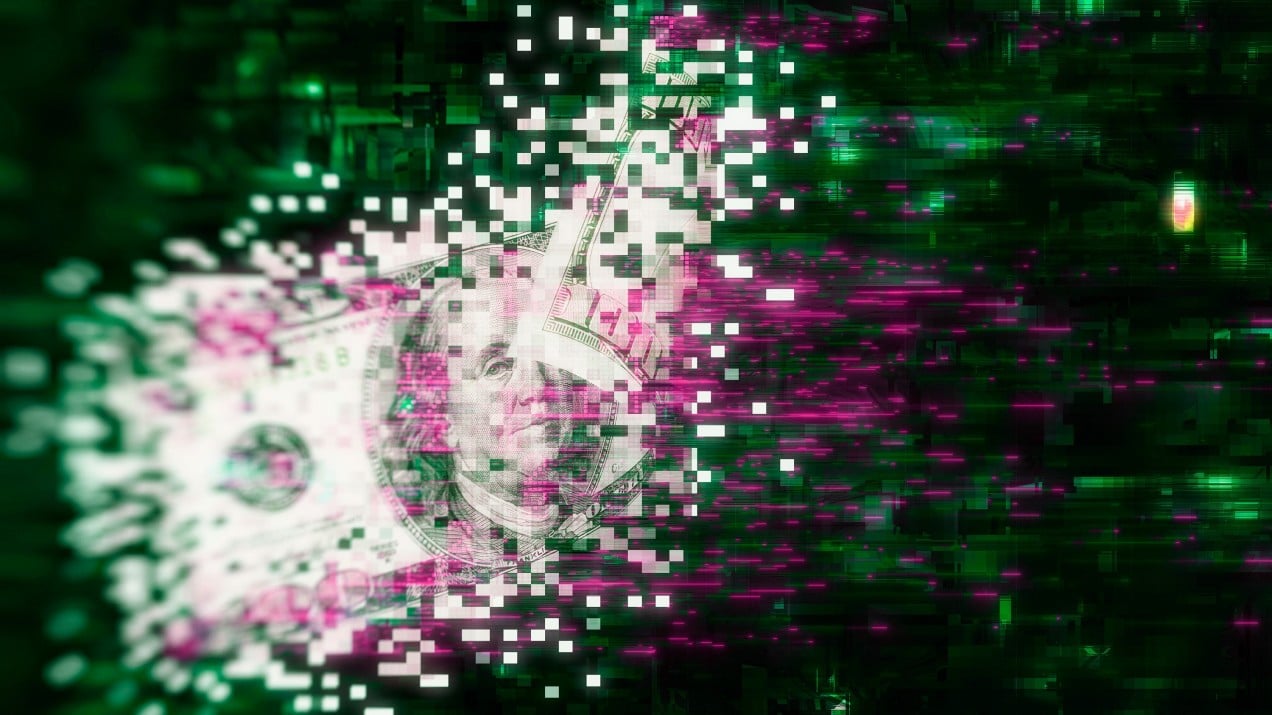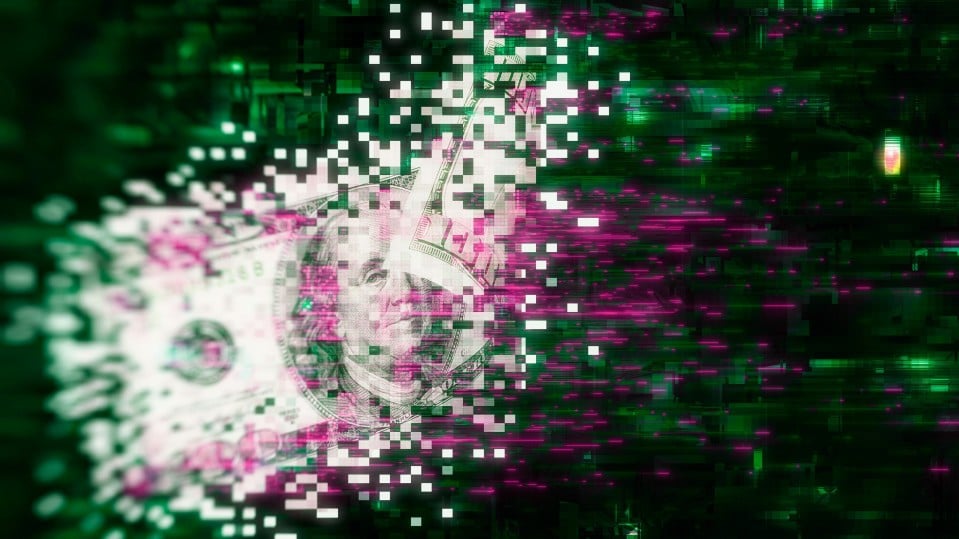

Blockchain / Cryptocurrency
We just glimpsed how a “digital dollar” might work, thanks to coronavirus
A proposal for a new kind of government-run payment platform didn’t make it into the US Congress’s coronavirus relief plan. But it won’t be the last we hear of the idea.

Amid the chaos and uncertainty stemming from the coronavirus pandemic, at least one thing became clear this week: at least a few powerful American policymakers are seriously considering the idea that the Federal Reserve should issue “digital dollars.”
You can read all our coverage of the coronavirus/Covid-19 outbreak for free, and also sign up for our coronavirus newsletter. But please consider subscribing to support our nonprofit journalism.
How are these two things related? Many people need cash in their hands as soon as possible to make up for income lost to the pandemic and related shutdowns. On Wednesday, leaders in Congress struck a deal to make that happen. Under a bill that passed the Senate yesterday and is expected to quickly pass in the House, eligible Americans will be able to receive cash payments of up to $1,200 from the government.
In the end, policymakers decided to dole out that money using existing methods, like direct bank account deposits and mailed paper checks. But at one point late in the debate, powerful Democrats in the House appeared to back the creation of a brand-new, government-run payment platform that would run on a digital version of the dollar.
Even though the proposed system didn’t make the final cut for the coronavirus response bill, it appears the digital dollar got closer than ever to becoming a reality. And the pandemic-fueled crisis may just end up being an important turning point in the discussion.
In some ways, the dollar is already digital. The digits in your bank account stand for dollars, and you can pay with dollars by swiping your credit card. But those digits in your bank account are debts that your bank owes you. A true digital dollar would be a debt the US government owes you. That’s also what physical cash represents. In most countries, a government IOU is less risky than an IOU from a commercial bank, particularly during a panic. Hence the popular reference to stockpiling cash under a mattress.
But outside China, which appears to be on the verge of issuing a digital yuan, the discussion of so-called central bank digital currencies (CBDCs) has thus far been mostly theoretical. That’s certainly been true in the US, where the officials from the Federal Reserve have said repeatedly that the central bank has no plans to issue a digital dollar. Now the conversation may be getting more practical.
The best evidence is a passage that appeared in an early draft of the House Democrats’ proposed economic relief plan. Like the bill Congress appears poised to pass, the older draft also called on the Department of the Treasury to make cash payments to US residents. But it also called on the Fed to create a digital currency system to dole out such payments. It charged the central bank with making “digital dollar wallets” available to all citizens and legal permanent residents of the US as well as “business entities for which the principal place of business is located in the United States.”
The draft bill outlined a concept called “FedAccounts.” Today, the Fed offers accounts only to banks. Under FedAccounts, it would offer them to all Americans. Since the US doesn’t require commercial banks to offer an account to anyone who wants one, “the banking system finds a way to exclude people who aren’t profitable,” says Morgan Ricks, a professor at Vanderbilt Law School who coauthored the academic paper that coined the term “FedAccounts” and introduced the idea in 2018. The government could solve that problem by turning retail banking into a public service, he argues.
The FedAccounts language was eventually scrubbed. But the fact that it appeared in a draft of such an important bill suggests that House Speaker Nancy Pelosi takes the idea seriously. Plus, a similarly worded proposal has already appeared in a new draft Senate banking bill that is unrelated to the pandemic.
It’s no surprise that the digital dollar was removed from the relief package. Setting up the FedAccounts system would be “really complicated,” says Jai Massari, a partner at the Washington, DC, law firm Davis Polk & Wardwell, who represents clients ranging from big banks to financial technology companies. “That is a big tech build, it raises lots of legal questions of all sorts, and it is not practical as a way to get immediate stimulus payments out to individuals.”
Nonetheless, now that the idea has made it this far, it would not be surprising to see it reemerge down the road and be considered more seriously then, she says.
Ricks agrees that launching FedAccounts should be nowhere near the top of Congress’s priority list right now. But in theory, it could work better than the tools the government has now for distributing cash payments during economic crises like this one, he says.
Democratic aides in the Senate told the New York Times that under the deal congressional leaders have agreed on, eligible Americans will be able to get their cash payments via direct bank deposit, provided the Internal Revenue Service has their account information on file. In that case, it would arrive just a few weeks after the president signs the bill into law, according to that report. But if the IRS does not have that information for you, the money would come as a check, and you would have to wait up to four months for it.
That’s not ideal, says Ricks, because it puts those without bank accounts at a severe disadvantage. The Federal Deposit Insurance Corporation estimated in 2017 that 6.5% of American households are “unbanked,” meaning that no one has a checking or savings account. People without bank accounts can use check cashing services, but those services charge fees. Another option would be to use the Treasury Department’s Direct Express Mastercard, a prepaid card the government already uses to distribute benefits. But these cards are not a great solution either, because they aren’t reloadable, says Ricks.
Ultimately, however, even if it’s true the system could be improved with FedAccounts, such a change would cause significant disruption to the banking system in the US. And some of the potential implications are hard to predict, says Massari. The Fed doesn’t have experience providing retail services to millions of people. Would people be inclined to use these services? If so, how would that change what the Fed is? How would it change what commercial banks are? “This would be really big,” Massari says.